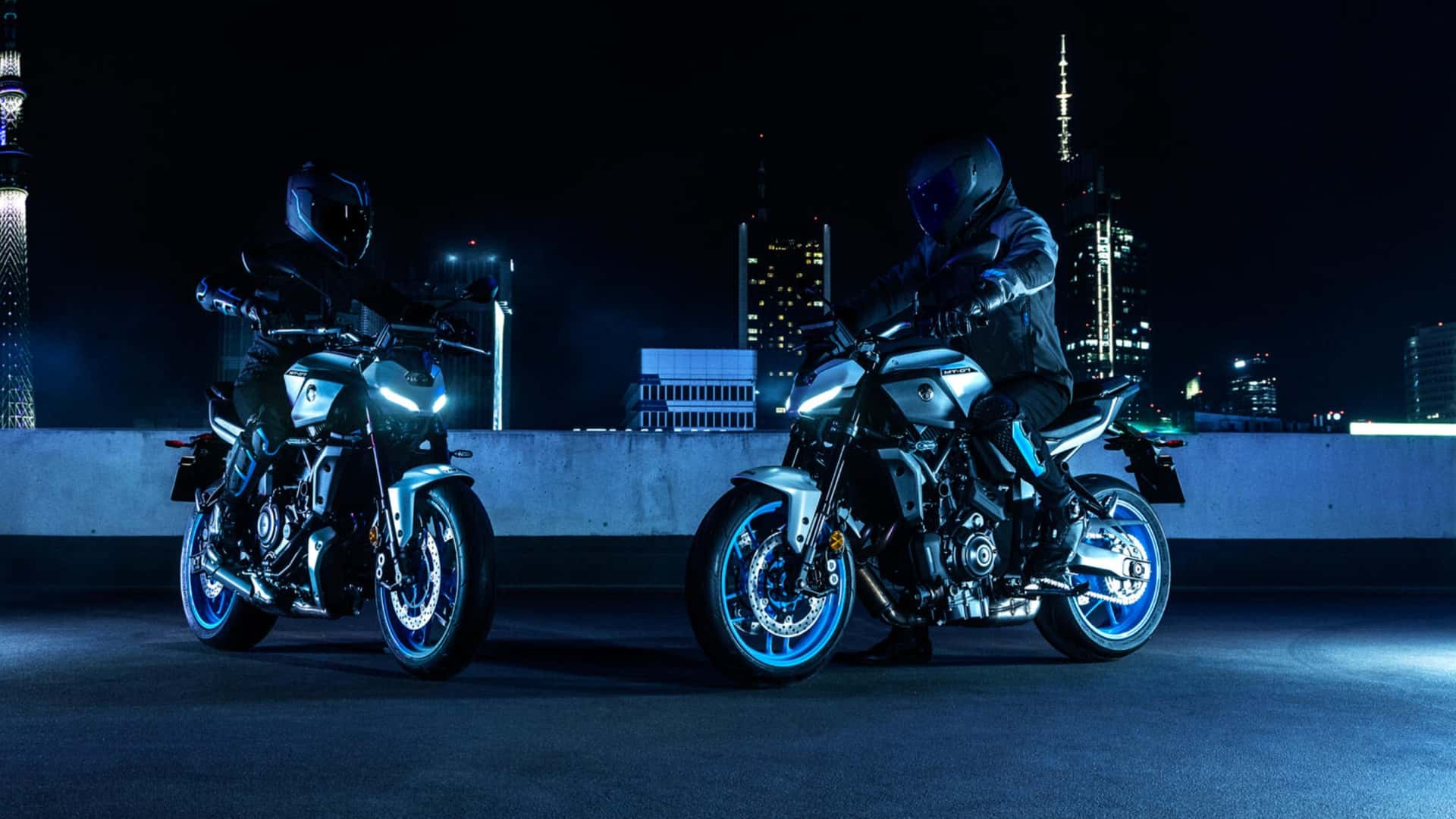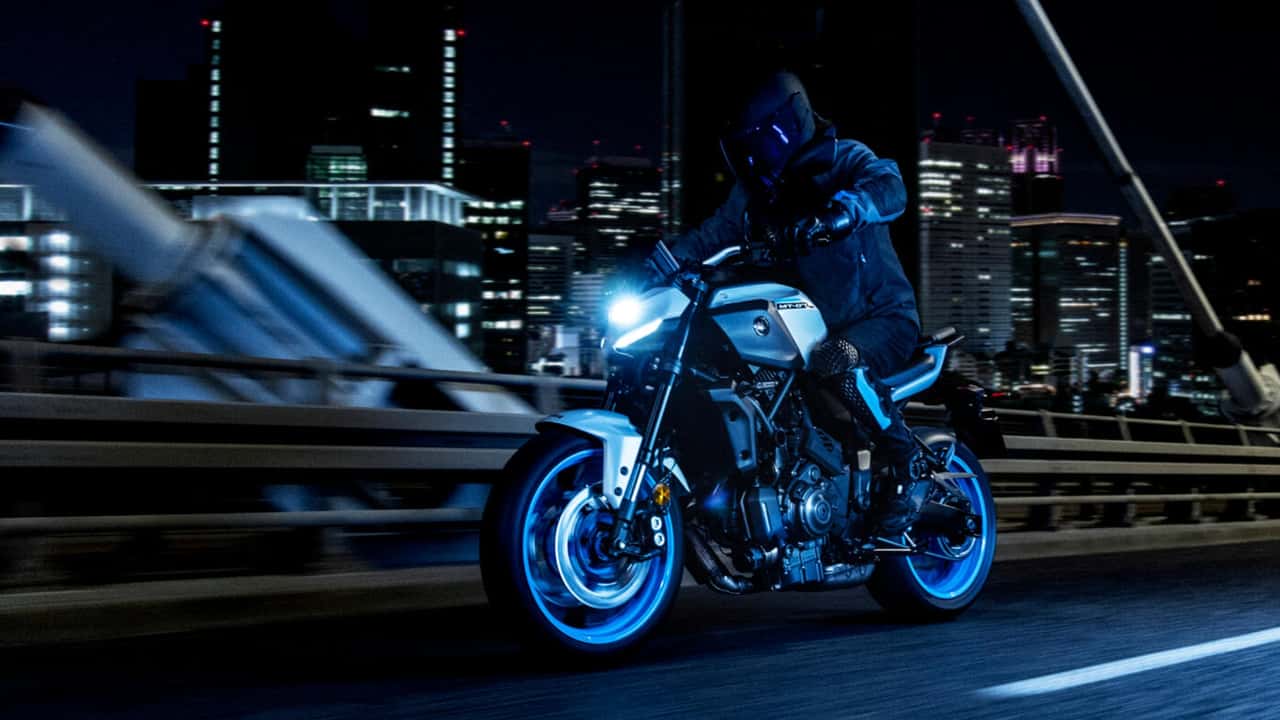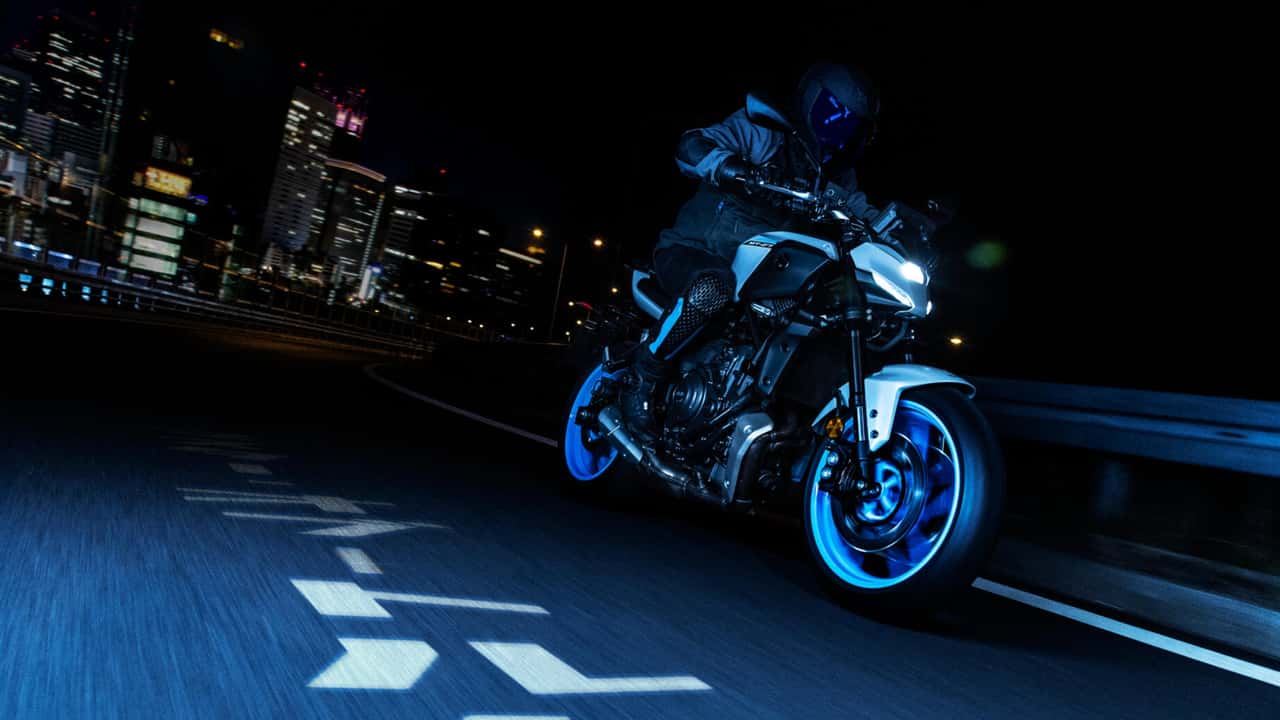
It will likely continue to offer a manual transmission option for quite some time, at minimum.
Sure, let me put it out there (many of you might already be aware)—I'm obsessed with Yamaha. Have been from the start and likely always will be.
If there's one bicycle from the tuning fork company that has had an unusually strong hold on my emotions, it's the MT-07 We have discussed this previously. I have possessed a total of three of these. Three Why? No clue either. Perhaps I believed the third installment would provide some resolution, or maybe Yamaha secretly added an extra feature to the ECU in subsequent models. Spoiler alert: they didn’t. Yet, here we find ourselves.
When it was introduced in 2014 under the name FZ-07 in the U.S., the motorcycle now called MT-07 has consistently focused on delivering pure enjoyment. This machine thrives on torque-rich performance that encourages spirited riding, from popping wheelies to spreading wide smiles. The designers have intentionally kept things simple; this isn’t meant to outshine others with advanced technology or multiple riding modes. There's minimal electronic assistance such as traction control until quite recently, leaving behind just enough tech for basic operation. Instead, you get an ultralight design paired with a robust 689cc CP2 parallel-twin motor housed within a nimble chassis, turning ordinary cyclists into confident tricksters who love pushing their limits.
However, as times evolve, so must the machinery we adore. In 2025, Yamaha is introducing quite an unforeseen transformation for the MT-07: an optional addition. Yamaha Automated Manual Transmission , or Y-AMT.

Sure, the motorcycle that has long been emblematic of old-school anti-social charm now features an automatic transmission. To be frank, I'm somewhat unsettled by this change. After all, we're discussing the MT-07—a bike I've always admired for its unadulterated straightforwardness. The notion of removing the clutch lever from such a vehicle seems... odd.
But come on, we're in the future now, and times have changed.
What precisely is Y-AMT? It isn’t a continuously variable transmission (CVT) nor does it follow the scooter-like twist-and-go mechanism. Instead, it features a conventional six-speed gearbox that operates through electronic control. The rider has the option to allow the motorcycle to handle gear changes automatically in full auto-mode or utilize switch paddles located on the left side of the handlebars for manual shifts. Unlike traditional setups, this model omits both the clutch lever and foot shifter, opting only for button controls instead. This technology was first unveiled by Yamaha on their 2024 Tracer 9 GT+ before being incorporated into the MT-09 lineup. Its design aims at merging the experience of a standard gearbox with the simplicity of an automatic one, much like how Honda’s Dual Clutch Transmission (DCT) functions but without adding extra bulk or components.
Right now, I understand why somebody would opt for this configuration. It can be particularly advantageous for novice riders who find managing the clutch challenging, as well as for daily commuters navigating through heavy traffic or individuals with physical disabilities. Although I am personally inclined towards using clutches, there’s no question that enhancing bike accessibility benefits everyone involved. industry .

Nevertheless, a portion of me still feels as though something essential is missing when you remove the manual transmission from a motorcycle like the MT-07. The gearbox plays an enormous role in the overall experience—whether it's the rough gear changes, the manual downshift rev-matching, or the throttle response. However, simply because this isn't my favored setup doesn't imply that it shouldn't be available for others to enjoy.
In conclusion, the realm of motorcycling is progressing. Riders' preferences are shifting. Although I may not rush to swap out my left-side lever anytime soon, I definitely recognize how Y-AMT could make the MT-07 accessible to many more enthusiasts. Perhaps that’s exactly what this motorcycle was meant to do—to welcome folks aboard and reignite their appreciation for the sheer joy of riding.
Even if it does shift for you now.
At Times, We Simply Need to Accept Change
- The 2024 Kawasaki Ninja 7 and Z7 hybrids have officially arrived in the U.S.
- Zero Motorcycles now offers an electric motorcycle that costs less than a scooter.
Source: Yamaha
